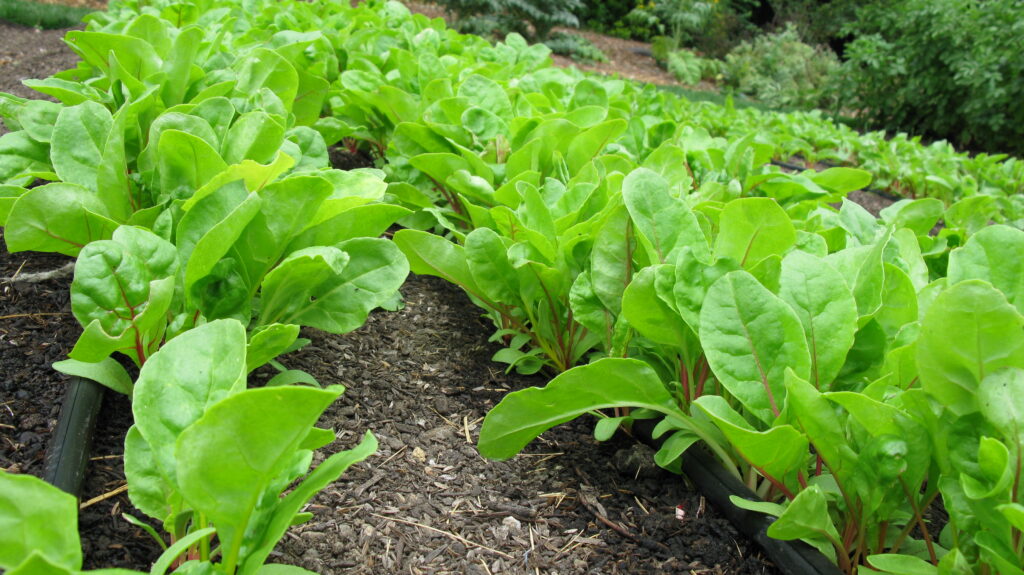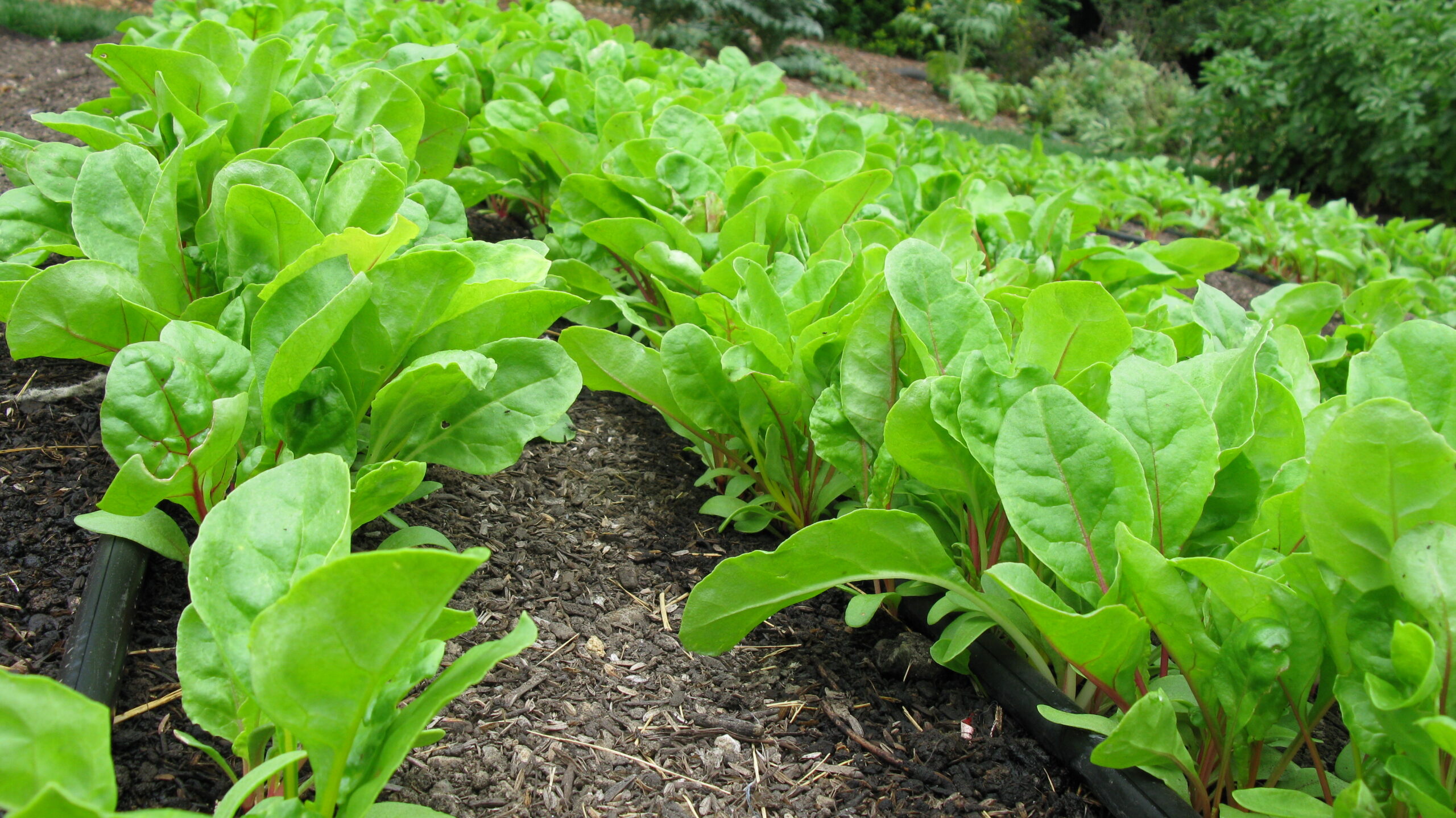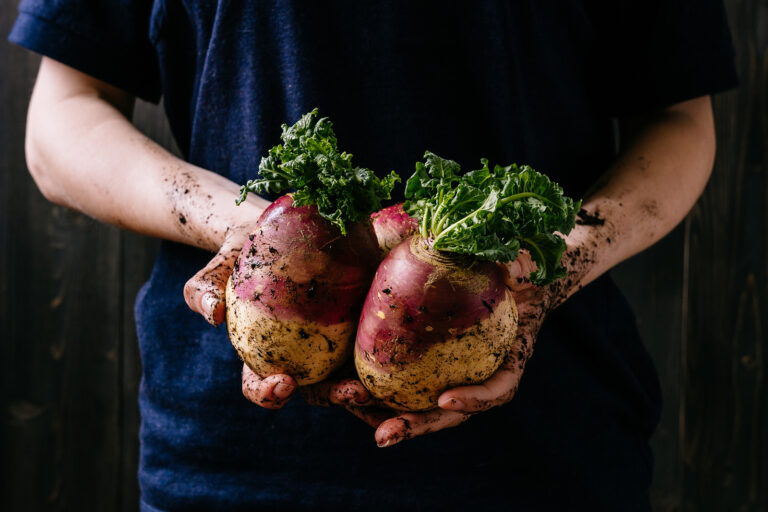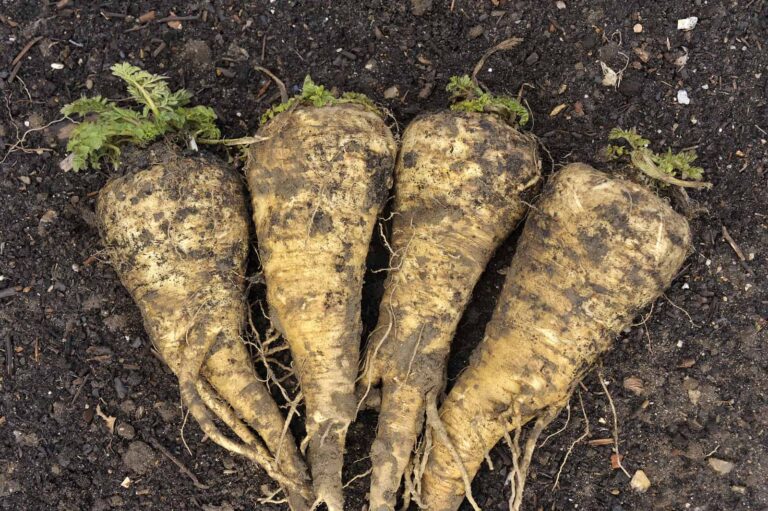How to Fertilize Beets for Root and Leaf Growth
Fertilizing beets correctly is all about balance. Give them too much nitrogen, and you’ll get lush greens but small roots. Too little nutrition, and both the roots and leaves will suffer. In my 30+ years of gardening in California’s Central Valley and Sonoma Valley, I’ve fine-tuned a fertilizing approach that consistently produces sweet, plump roots and healthy greens.
Understanding Beet Nutritional Needs
Beets are light-to-moderate feeders that thrive in fertile, well-drained soil with a slightly acidic to neutral pH (6.0–7.0). They need:
- Nitrogen (N): For healthy leaf growth, which supports photosynthesis and root development.
- Phosphorus (P): Encourages strong root formation.
- Potassium (K): Improves overall plant vigor and disease resistance.
An NPK ratio around 5-10-10 works well for root development without encouraging excess foliage.

Fertilizing Before Planting
1. Soil Test First
A simple soil test tells you what nutrients are lacking. This prevents over-fertilizing and balances nutrients from the start.
2. Pre-Plant Fertilizer Application
- Work 2–3 inches of compost into the top 6 inches of soil.
- Add a balanced organic fertilizer or one slightly higher in phosphorus and potassium.
- Avoid fresh manure—it can cause forked or hairy roots.
Fertilizing During Growth
For Leaf and Root Balance
- Side-dress with a low-nitrogen fertilizer (like 5-10-10) when plants are 4–6 inches tall.
- If greens are pale, supplement with a quick nitrogen boost, such as fish emulsion, but apply sparingly.
Application Tips
- Keep fertilizer 2–3 inches from the base of plants to avoid burning.
- Water thoroughly after fertilizing to help nutrients reach the roots.
My Fertilizing Routine
When I plant beets in raised beds, I mix compost and a phosphorus-rich organic fertilizer into the soil before sowing. At about three weeks in, I side-dress lightly and water deeply. In the Central Valley’s heat, I often give an extra light feeding midway through the season to keep greens vibrant. In Sonoma Valley’s milder climate, one midseason feeding is usually enough.
Key Takeaways
- Focus on phosphorus and potassium for root growth.
- Avoid excess nitrogen—it leads to big greens, small roots.
- Test soil before planting for best results.
With the right fertilizing approach, you’ll enjoy tender, sweet beets with nutrient-rich greens from the same plant.
Fertilizer Schedule for Beets by Growth Stage
| Growth Stage | Time Frame (Weeks After Planting) | Fertilizer Type | NPK Ratio | Application Tips |
|---|---|---|---|---|
| Pre-Planting | 0 (Before sowing seeds) | Compost + organic granular | 5-10-10 or 4-6-6 | Mix into top 6 inches of soil; avoid fresh manure. |
| Seedling Stage | 3–4 weeks | Low-nitrogen granular or liquid | 5-10-10 | Side-dress 2–3 inches from base; water after application. |
| Midseason Growth | 5–6 weeks | Balanced organic fertilizer | 5-10-10 or 4-4-6 | Apply lightly; avoid overfeeding nitrogen to prevent leafy excess. |
| Leaf Boost (Optional) | Anytime if leaves pale | Fast-acting nitrogen (fish emulsion) | ~5-1-1 | Dilute per label; apply sparingly to avoid stunted roots. |
| Late Season (Optional) | 7–8 weeks before harvest | Compost tea or kelp extract | Low N, high K | Improves sweetness, flavor, and root firmness. |
Beets Growing Hub
Start here: Ultimate Guide to Growing Beets from Seed to Harvest
1. Getting Started (Timing, Planting, Varieties)
- When to Plant Beets: Timing by Season and Region
- Beets Seed Starting Tips
- Thinning and Spacing Beets for Better Roots
- Beet Varieties for Small Spaces and Containers
- Best Beet Varieties for Sweet Flavor and Tender Texture
2. Growing & Care
- Best Companion Plants for Beets (And What to Avoid)
- How to Fertilize Beets for Root and Leaf Growth
- How Much Water Do Beets Need? A Watering Guide
- How to Grow Beets in Raised Beds and Containers
- Growing Beets in Hot Weather: Challenges and Solutions
- Succession Planting Beets for a Continuous Harvest
3. Problems & Troubleshooting
- Why Are My Beets Not Forming Roots? Common Growing Problems Solved
- Beets and Swiss Chard Growing Problems: Troubleshooting
4. Harvest, Storage & Kitchen Use
- How and When to Harvest Beets for Best Flavor
- How to Harvest and Store Beets
- Seven Ways to Cook and Serve Beets



